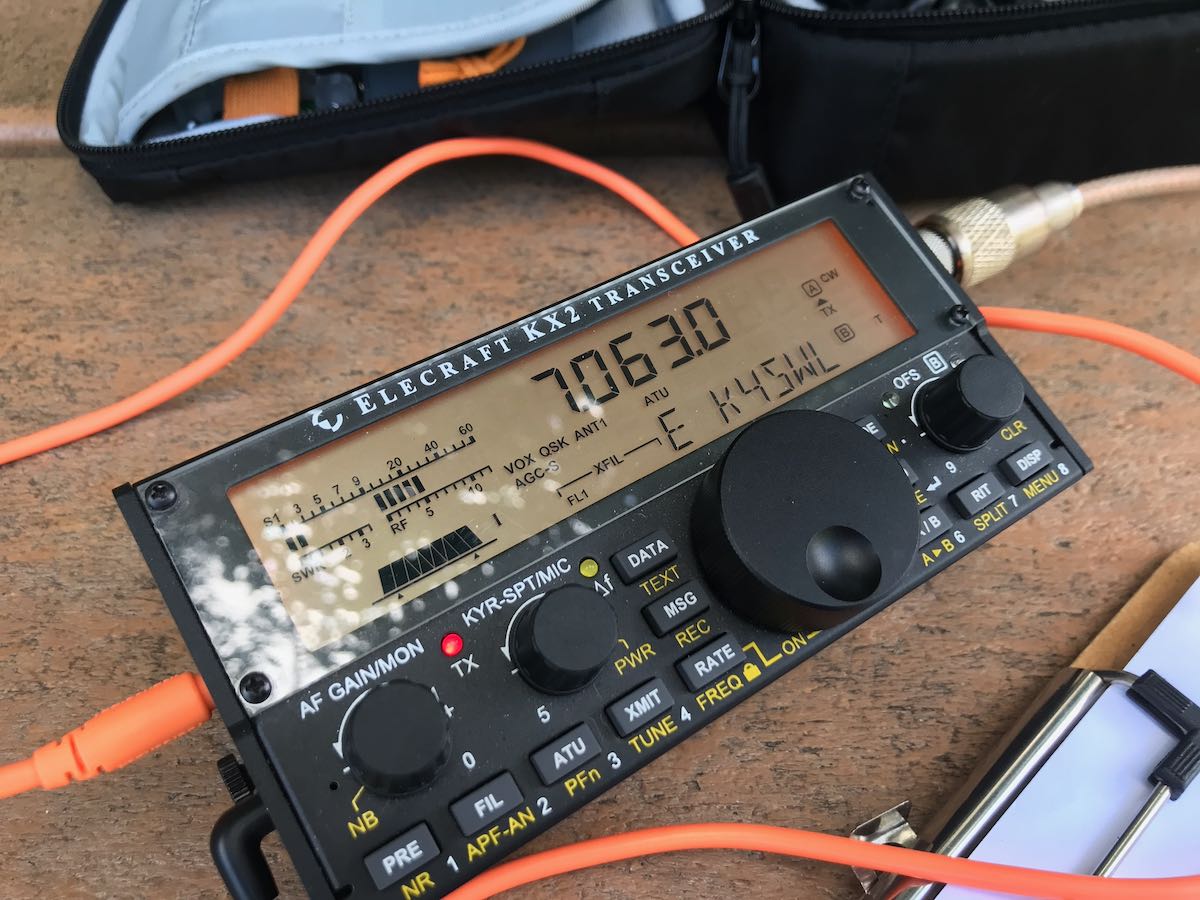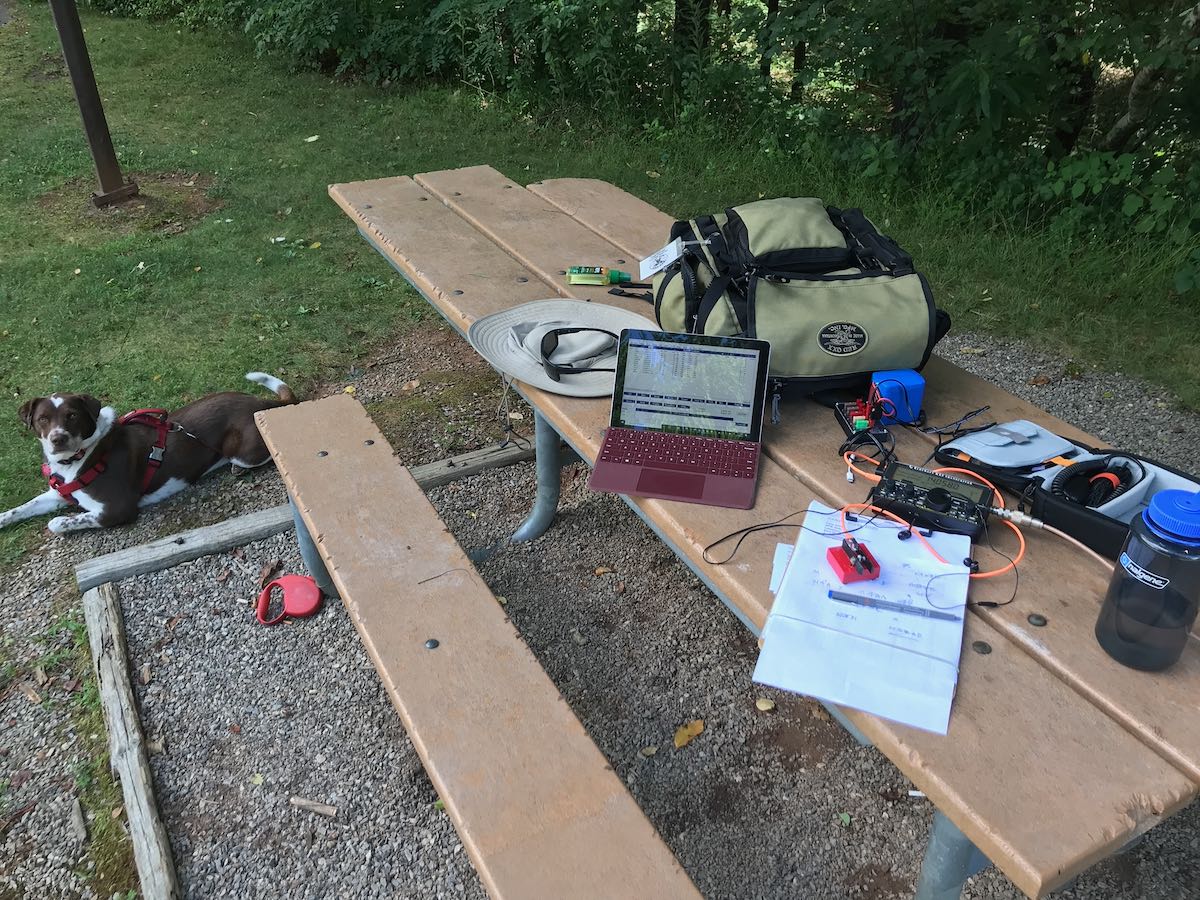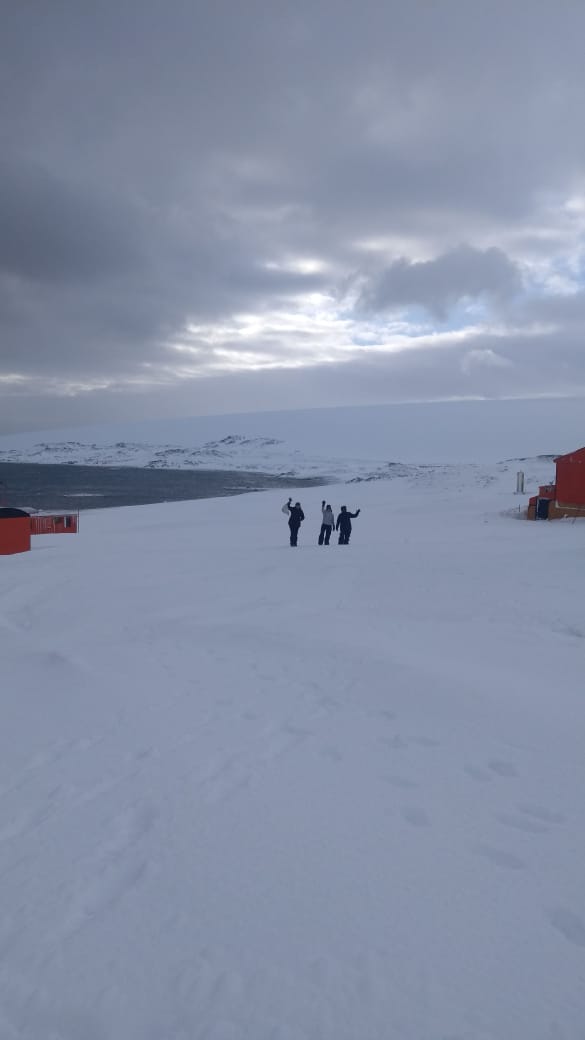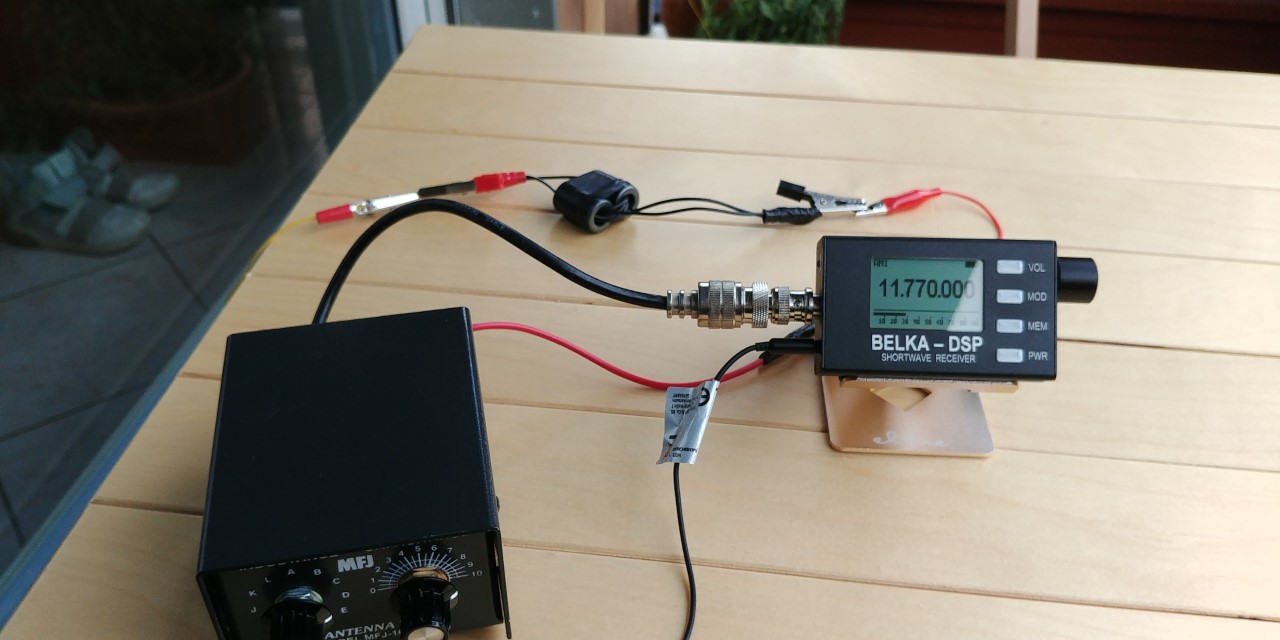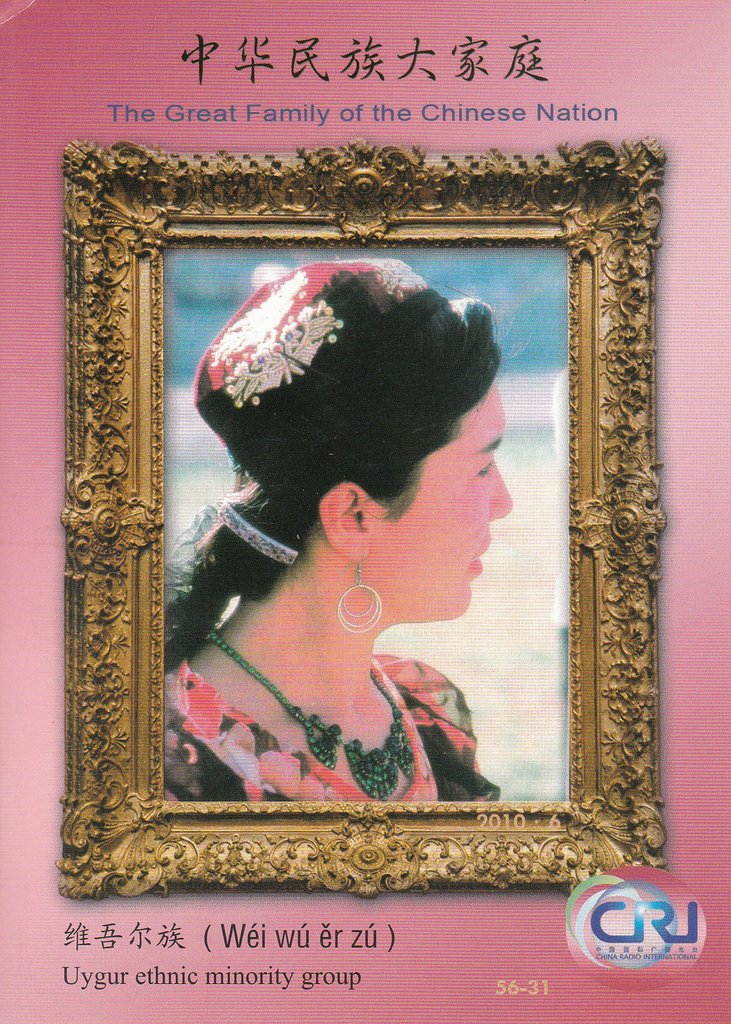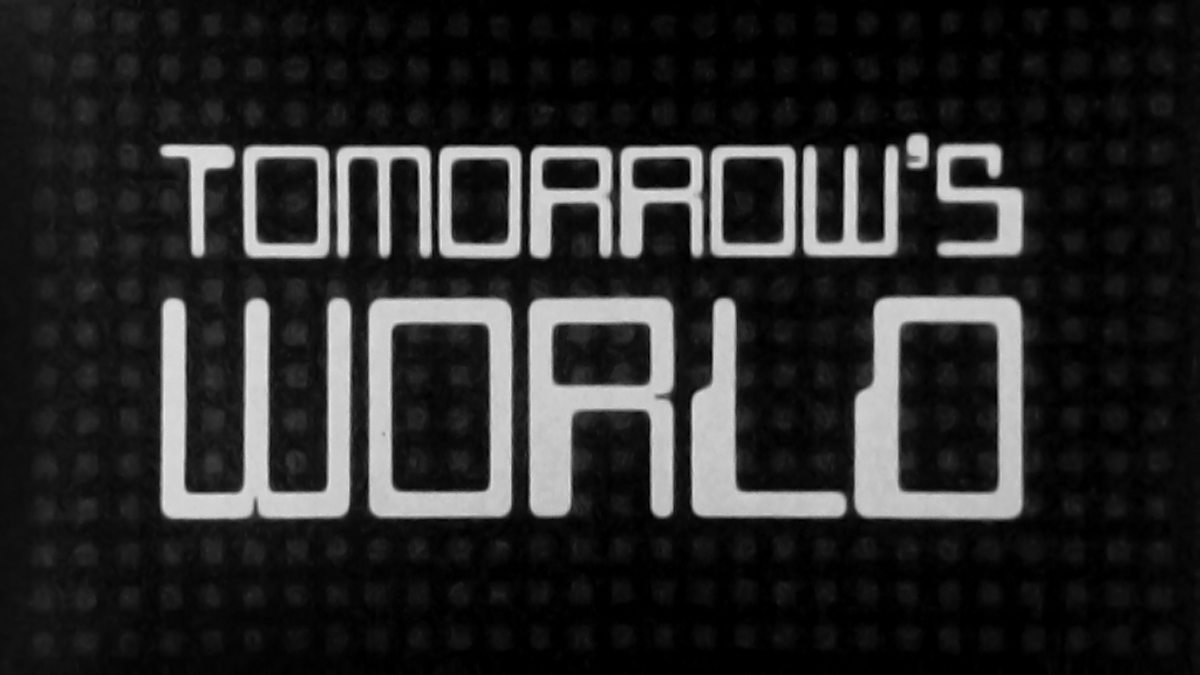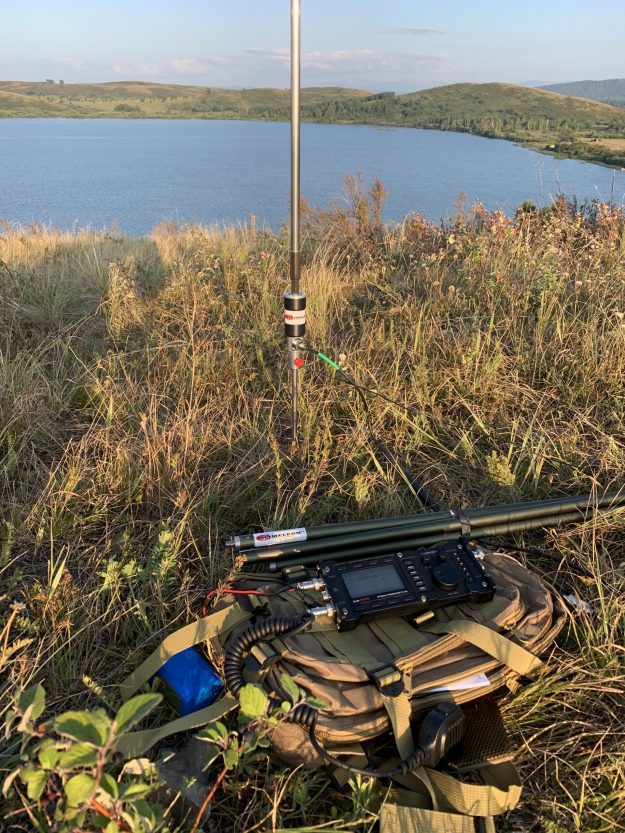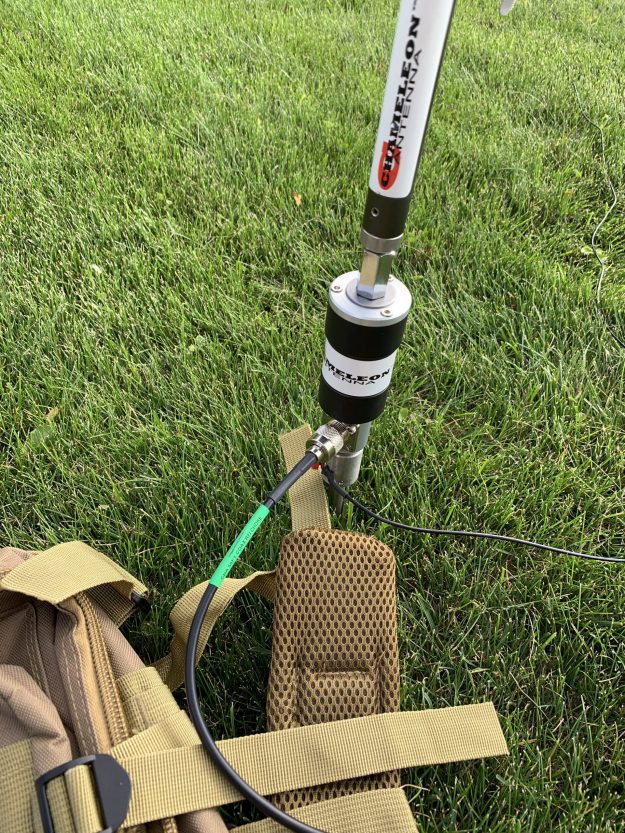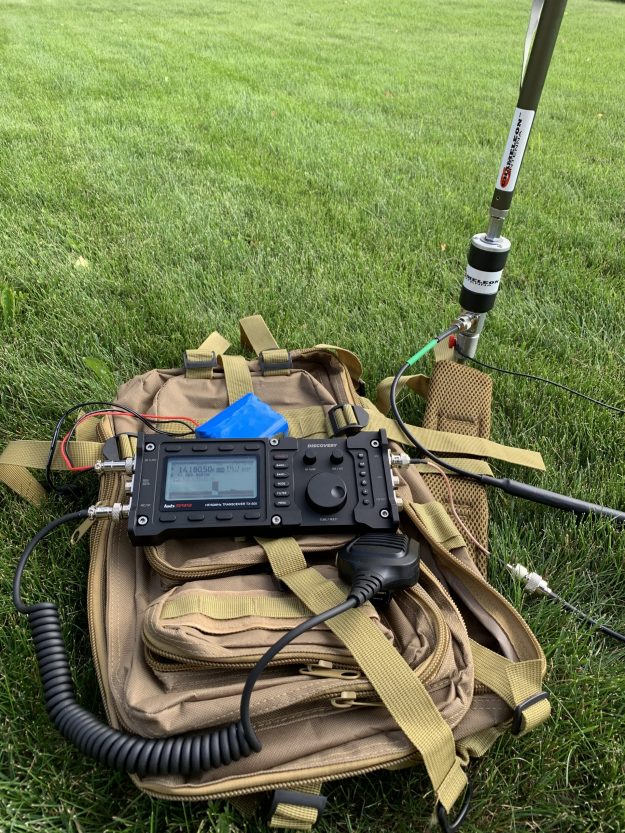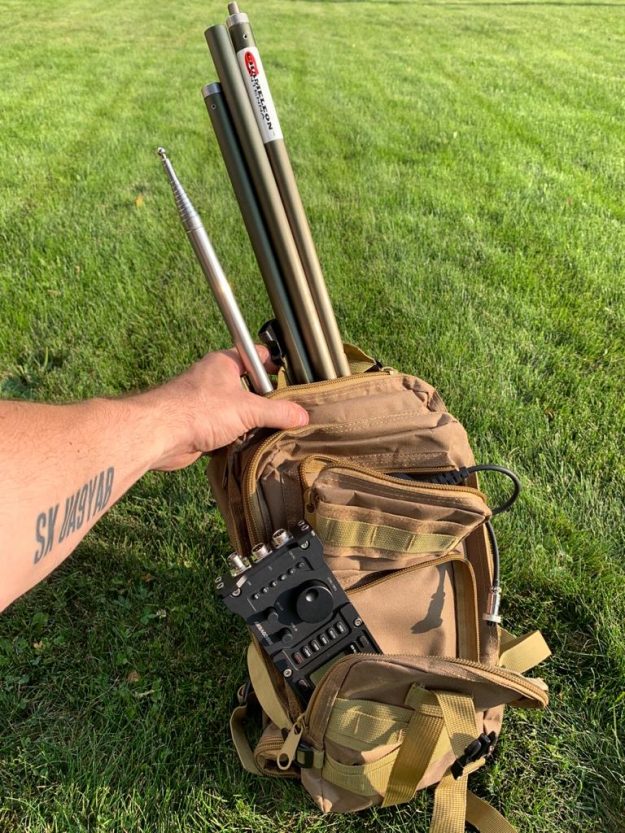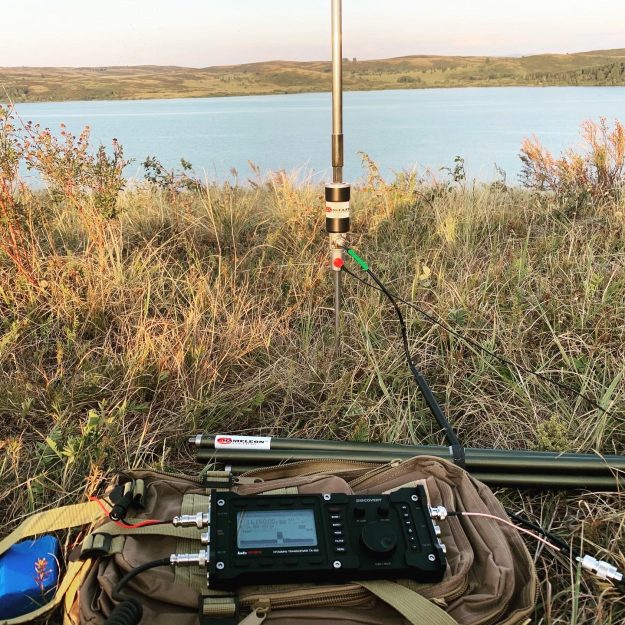I mentioned in a previous post that one of my Social DX goals was to activate a Parks On The Air (POTA) site in CW (Morse Code).
Mission accomplished!
Yesterday, I mustered up the nerve and drove to the Blue Ridge Parkway (site K-3378 in POTA).
My wife and kids were knee-deep in another project so I planned to go solo until my dog, Hazel, caught wind I was leaving with my radio backpack in-tow. Always ready for a hike or road trip, she jumped in the car the moment I opened the door.
I’ll admit it: I was nervous. I had the same jitters I had the first time I spoke in front of a large crowd.
In the end, though, I really had nothing to fear. The POTA community is a very kind, courteous, cohesive and supportive group of radio operators.
I picked the Blue Ridge Parkway as my first site not only because it’s so convenient to where I live, but it’s also one of the most activated parks in the POTA program. I knew a BRP activation wouldn’t attract a mad pile-up of park hunters because everyone in POTA has this one in the books already.
My full radio kit–including my KX2 transceiver, KXPA100 100W amplifier, two antennas, Heil headset, two battery packs, chargers, and all accessories–is packed in my Red Oxx C-Ruck and always ready for action. I grabbed the full kit, although in truth I only needed the KX2, my CW paddles, coax cable and antenna.
Conditions were rough yesterday. Propagation was pretty good, but there were pop-up thunderstorm everywhere in the region, so the bands were very noisy with constant static crashes. Herein lies one of the great things about CW: you can use a filter width so narrow that it doesn’t affect you as much as it does operating phone.
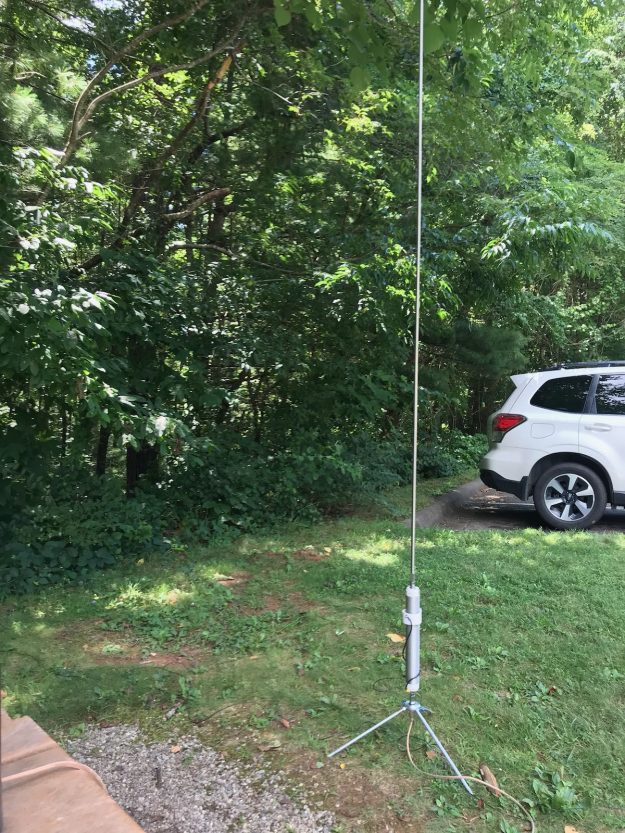
Because I had limited operating time, I deployed the Wolf River Coils TIA portable antenna. It takes me all of 4 minutes to set up.
I got on 40 meters, started calling “CQ POTA” and the next thing I know I had 13 stations logged.
My nerves dissipated quickly after I logged the first couple of contacts and I was even looking forward to stations answering my call. The operators were also incredibly patient with me and two of them even followed me to higher bands and made contact there.
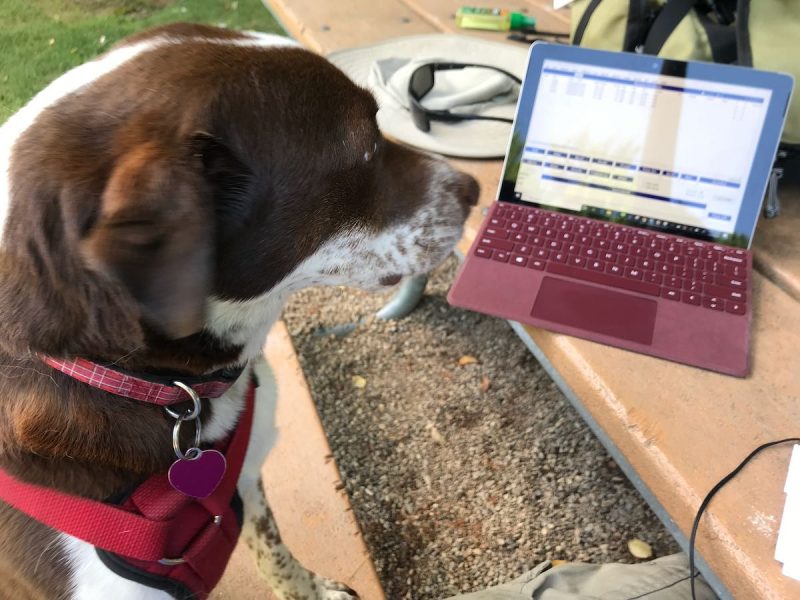
Hazel was a bit upset this activation didn’t include a hike, so several times she insisted on “helping” with the logs as I sweated it out!
All-in-all, I logged 17 stations in one hour on three bands using about 10 watts of power.
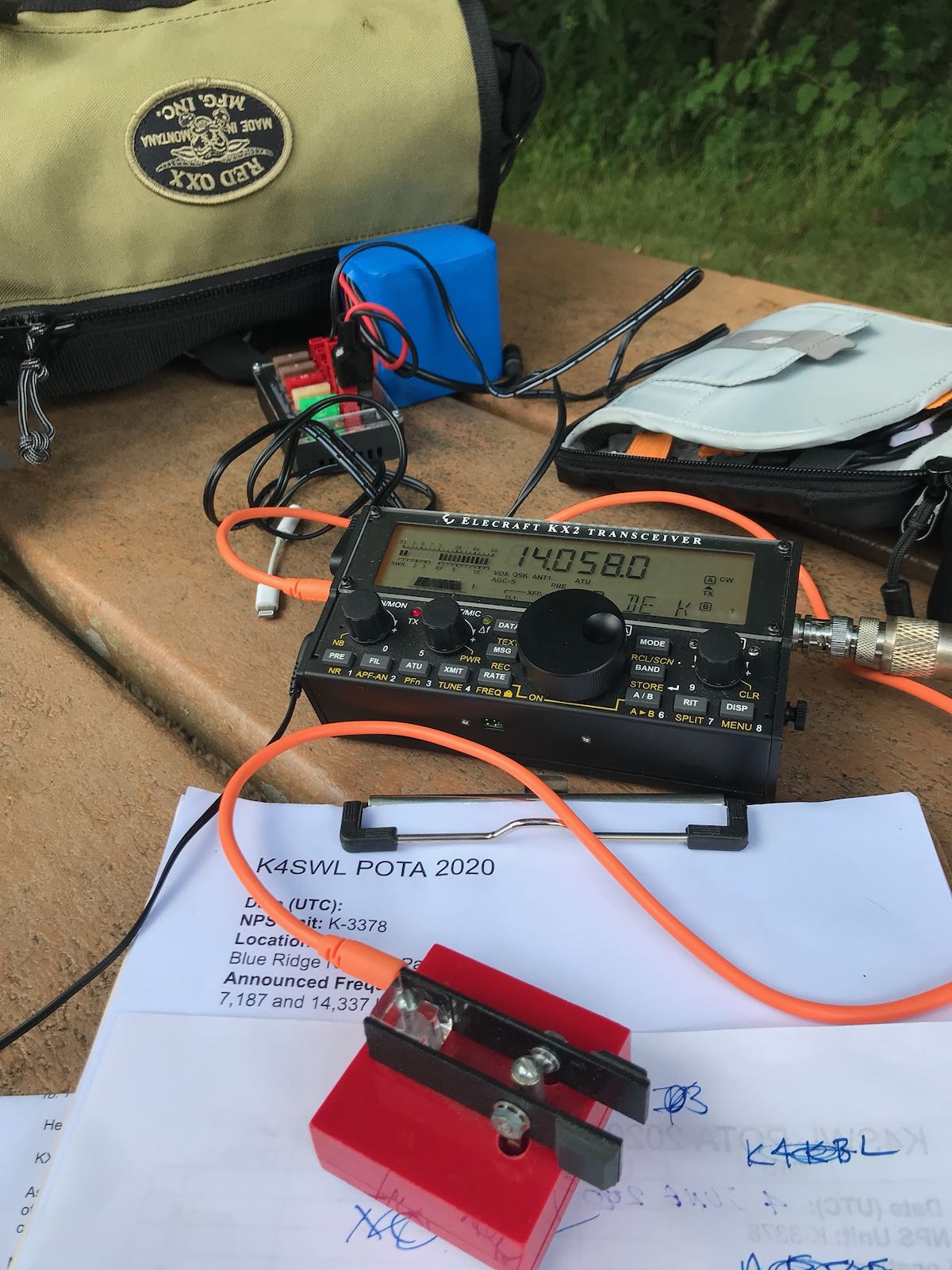 I deployed my station quickly, and I packed it up quickly. A pop-up thunderstorm, once again, chased me off the air. That’s okay, though, because I was already feeling pretty chuffed about bagging my first CW activation.
I deployed my station quickly, and I packed it up quickly. A pop-up thunderstorm, once again, chased me off the air. That’s okay, though, because I was already feeling pretty chuffed about bagging my first CW activation.
If I’m being completely honest here in front of my community of radio enablers, as soon as I arrived back home, I started mentally putting together a super-compact CW activation kit built around an LnR Precision MTR3B transceiver. I’ve always wanted one of these little CW-only transceivers to carry in my EDC bag for impromptu field radio fun, but never could justify it. Until now! 🙂
Do you enjoy the SWLing Post?
Please consider supporting us via Patreon or our Coffee Fund!
Your support makes articles like this one possible. Thank you!

